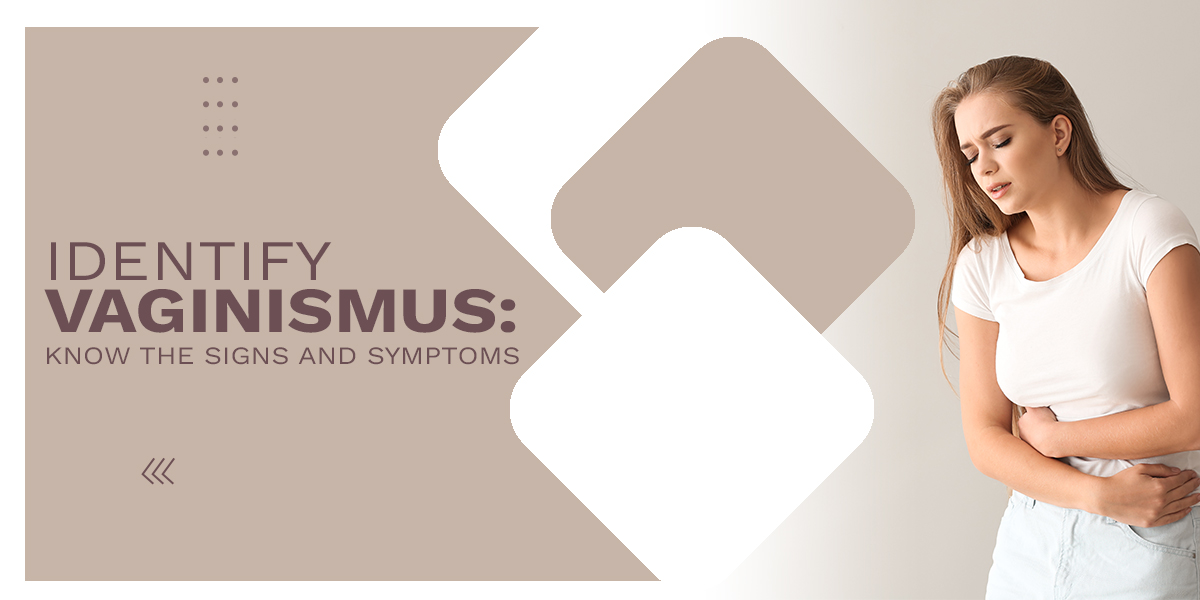


Do you experience discomfort or pain during tampon insertion or sexual intercourse? This could be a symptom of a medical condition known as vaginismus, which affects numerous women. Often, individuals with this condition may not realize they have it for many years. Recognizing and understanding vaginismus is the first step towards addressing it. This article aims to provide detailed insights into vaginismus and potential approaches for management and treatment.
Vaginismus is classified as a type of female sexual dysfunction (FSD). It is characterized by the persistent or involuntary contraction of vaginal muscles. This condition does not necessarily affect sexual arousal, but it can lead to discomfort or pain during intercourse, often making penetration challenging. Vaginismus can significantly impact an individual's relationships and self-esteem.
It's important to recognize that experiences of sexual intimacy can vary widely among women with vaginismus. While some may face difficulties, it is not universally true that all individuals with vaginismus are unable to enjoy sexual activities. Perceptions and experiences are highly individual and can be influenced by a variety of factors, including the severity of the condition.
The encouraging news is that with appropriate treatment, many cases of vaginismus can be effectively managed. Treatments often involve a combination of physical therapy, counseling, and sometimes medication. Each treatment plan should be tailored to the individual's needs, and it's essential for anyone experiencing symptoms to consult with a healthcare professional for a proper diagnosis and personalized treatment plan.
Vaginismus can be categorized into two types, each with distinct characteristics:
The symptoms of vaginismus can vary among individuals, but some common signs include:
Vaginismus can be influenced by a variety of factors, and it's important to understand that the causes may differ from person to person. Some common contributors to the condition include:
During a consultation for vaginismus, the doctor will inquire about your symptoms, medical history, and sexual history. This discussion is crucial for understanding your specific situation and ruling out other possible causes of discomfort.
A pelvic examination is often part of the diagnostic process. This examination helps the doctor identify any other health concerns that might be contributing to the pain, such as infections or scarring. It’s important to note that some individuals may require treatment for these conditions before a complete assessment for vaginismus can be made.
The doctor will proceed with the examination in a gentle and slow manner, explaining each step to ensure your comfort and understanding. It's not uncommon for individuals with vaginismus to feel apprehensive about pelvic exams. To accommodate this, various strategies can be used, such as trying different positions that may be more comfortable than traditional stirrup use. Some patients also find it helpful to use a mirror during the examination to see what is being done.
It’s important to understand that vaginismus is often a functional condition, meaning that the involuntary contraction of vaginal muscles may not have an identifiable physical cause. Therefore, if vaginismus is present, the doctor may not find a separate physical cause for the symptoms. However, each individual’s situation is unique, and a thorough evaluation is essential for accurate diagnosis and appropriate treatment planning.
If you have concerns about vaginismus or related symptoms, seeking a consultation with a healthcare professional is recommended for a personalized assessment and advice.
Vaginismus can significantly impact libido and sexual life. It's crucial to work with a healthcare provider whom you feel comfortable with for effective treatment. After a diagnosis of vaginismus, there are various treatment options that aim to manage emotional responses to penetration and reduce anxiety and fear, while gradually getting accustomed to physical sensations.
The encouraging news is that, with appropriate treatment, many people find significant relief from vaginismus. At The Gynaecology Clinic, we offer specialized care for vaginismus, with a high success rate in helping our patients. If you're experiencing pain during penetration that you suspect may be due to vaginismus, know that you're not alone, and treatment options are available.
Many individuals have successfully overcome vaginismus and have been able to enjoy intimacy again. However, it's important to understand that each case is unique, and the effectiveness of treatment can vary from person to person.
Sexual dysfunction can indeed have an impact on relationships. Being proactive about seeking treatment is often a crucial step in addressing these challenges. Open communication with your partner about your concerns and feelings related to intercourse is important. This can help create a supportive environment and make the process of treatment and recovery more comfortable and effective.
At the Gynaecology Clinic, our goal is to provide effective strategies to help you overcome vaginismus. Many individuals have successfully recovered and have gone on to enjoy fulfilling sexual lives. Engaging in treatment sessions with a qualified therapist can be highly beneficial. Exploring different sexual positions or using lubrication may also contribute to making sexual intercourse more comfortable. It's important to experiment and discover what works best for you and your partner in a safe and comfortable manner.
It's worth noting that seeing results from treatment can take time. It's natural to feel anxious about discussing your condition with a healthcare provider and finding the right treatment approach. Patience and perseverance are key during this process. We encourage open and honest conversations with your healthcare provider, whom you trust, to discuss your treatment progress and any concerns you might have.